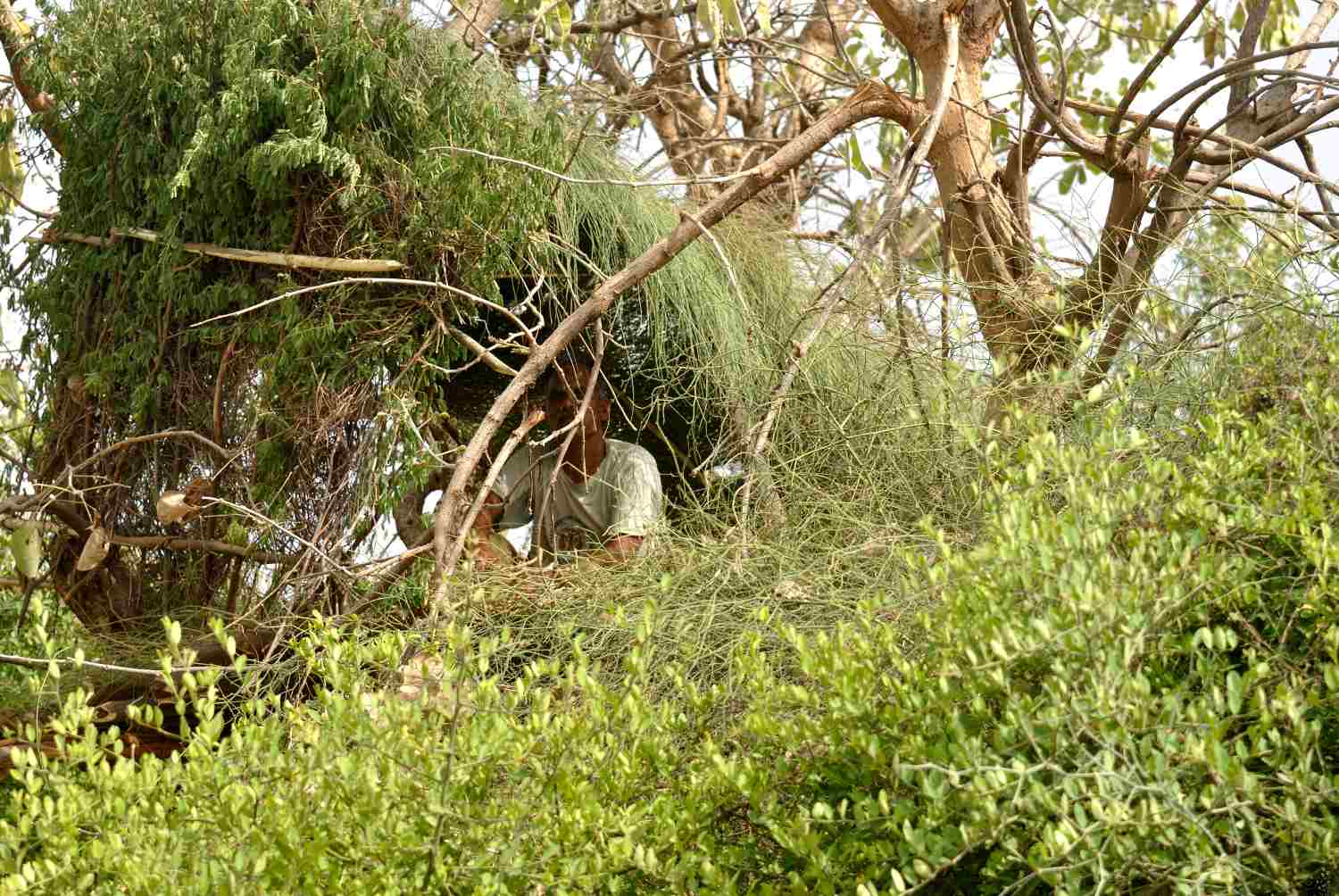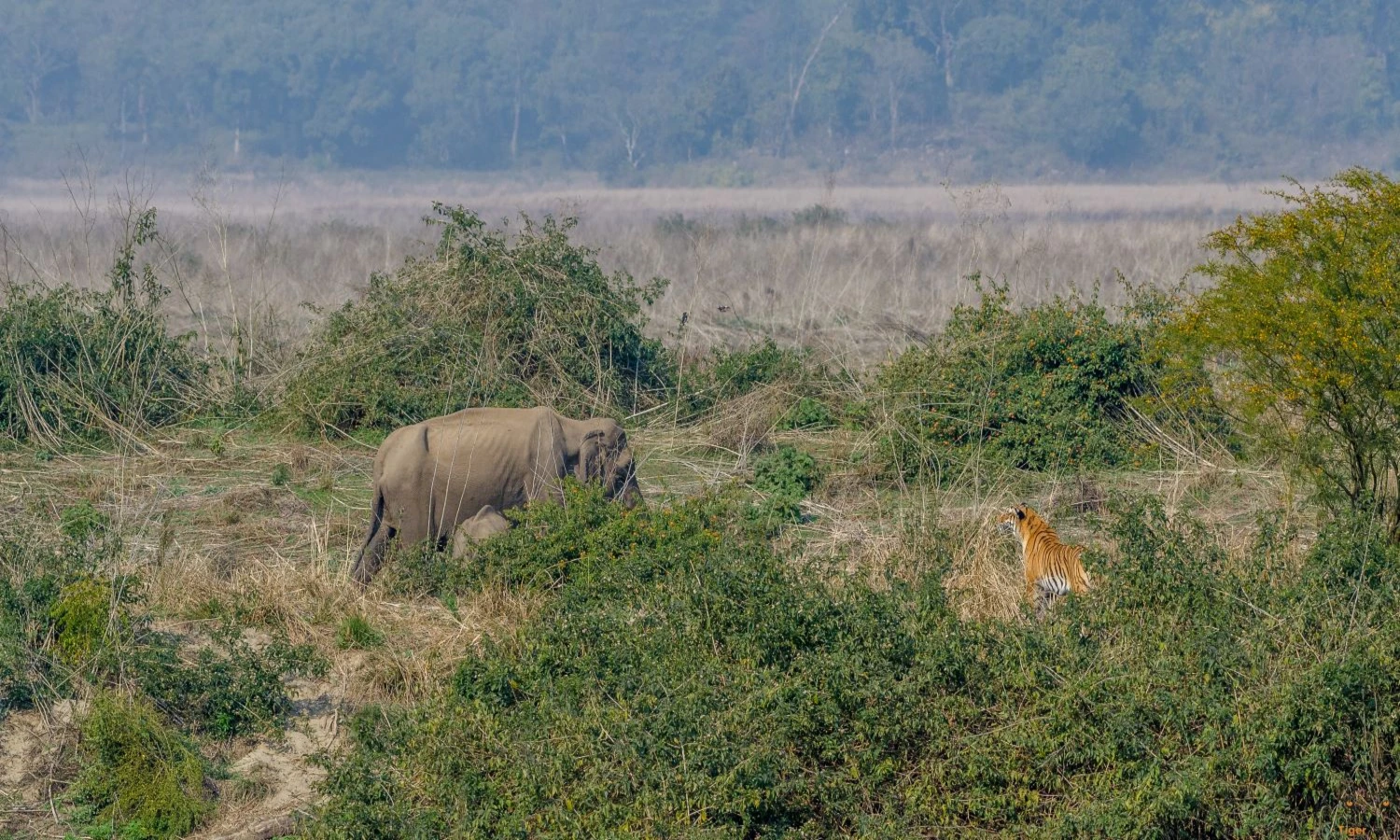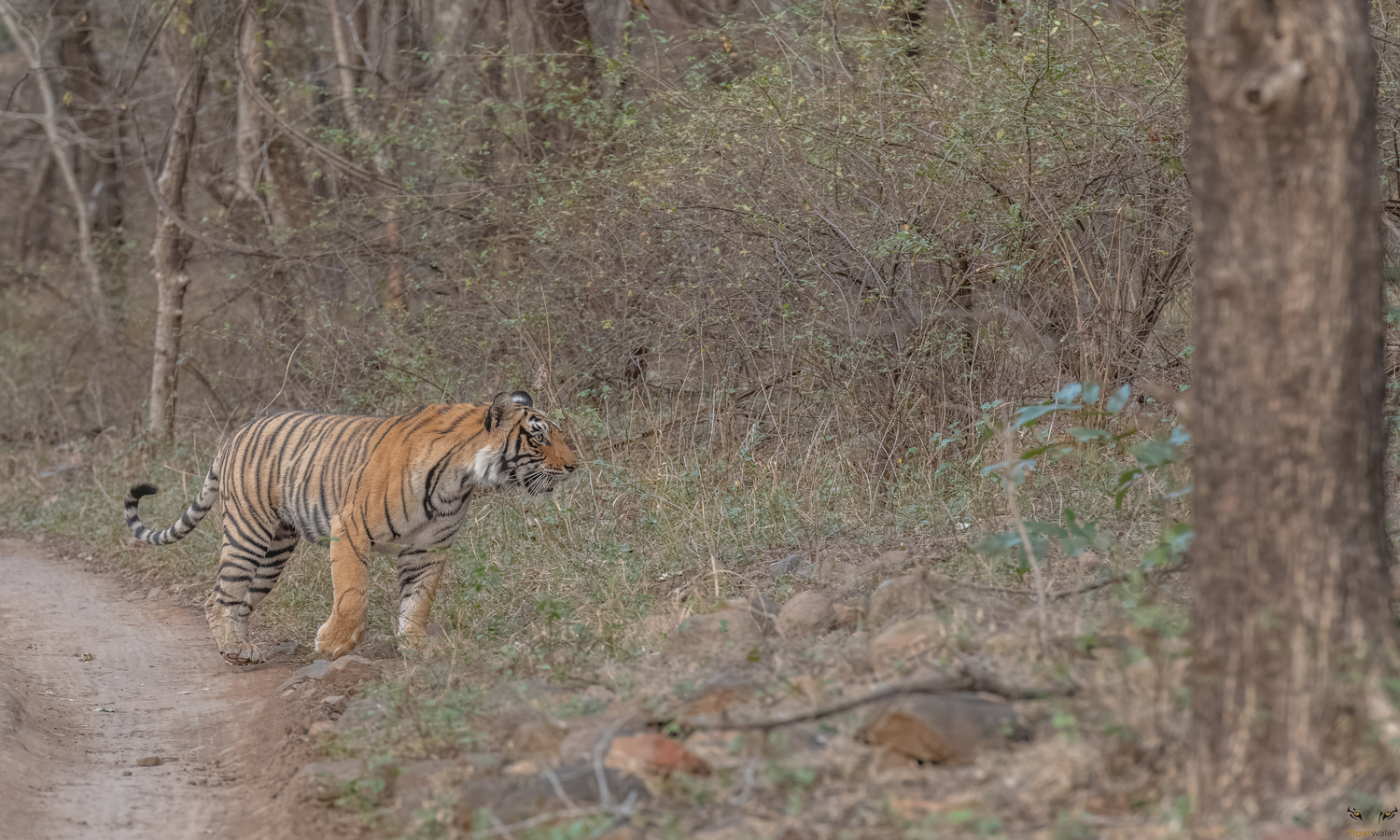Census at Ranthambhore

The annual waterhole census was conducted in Ranthambhore on the 6th & 7th of May 2012. While monitoring of big cats like tigers is a daily activity, this is the day when lesser fortunate yet important animals of forests are accounted for. Simply speaking this activity is more relevant for prey base estimation as researchers sit on tree tops closer to water points in the forest and count the number of animals which come to that water point during the scheduled period. Generally, a full moon night in May is selected for this purpose as in summer animals visit water points frequently and also full moon increases visibility in the forest. The number arrived from this census does not indicate the final number of animals present in the forest, but gives an indicative minimum count of animals present.
Briefing session by officials in progress
This year 602 individuals which include wildlife enthusiasts, volunteers, and forest officials took part in this activity covering 301 water points across the park. On every water point, two individuals were placed on a temporary machan built on a tree top with a checklist of animals to be counted. While initially, the weather did play a spoilsport as cloud cover dimmed the possibility of a bright moonlit night, however, things did improve late in the night.
This was the highest number of volunteers received by the park so far, like every such activity some had come to contribute seriously, some had come for a thrill while for some it was an opportunity to see and click pictures in the core area of the forest which is normally out of bounds for regular tourist. Whatever the reason could be, at least for one day in the year, the complete jungle is under complete surveillance.
Teams negotiating difficult terrain to reach their points
The Forest department under the leadership of DCF core Mr Y.K Sahu had made special arrangements to ensure that all volunteers are provided with basic amenities like regular supply of cold drinking water & timely distribution of food. While the issue looks very simple but when you have a difficult terrain to negotiate and limited resources at your disposal, this in itself becomes a herculean task. Most of these locations were not on vehicular track & one had to walk a good distance to approach these points. Each volunteer while entering the park was provided with food packets, additional snacks, a medical kit with medicine for common ailments and a torch by the department. A back team which I was part of ensured that supplies are rushed immediately to areas as & when required.
Some of the key highlights of the census are:
27 individual tigers were sighted during this census including some rarely seen tigers like T43, T42, T37, T9 with cubs, T26 with cubs & T30 with cubs.
Apart from this, more than 30 leopards & sloth bears were also sighted.
Forest & tourism Minister Bina Kak also participated in the census as a volunteer.
True to his reputation, T42- the biggest male in Qualji Area gave some difficult time to volunteers as he charged on vehicle & also gave a real close sighting to two volunteers placed on Machan in Lamba Deh Area.
Two volunteers ran away from their machan after seeing a tiger from real close distance in the Paani Patha area of Falaudi Range.
Overall, having participated in two more previous censuses as well, this was indeed the best-managed census.
Kudos to park management & all other unsung heroes who made this possible.










Be the first to share your thoughts!